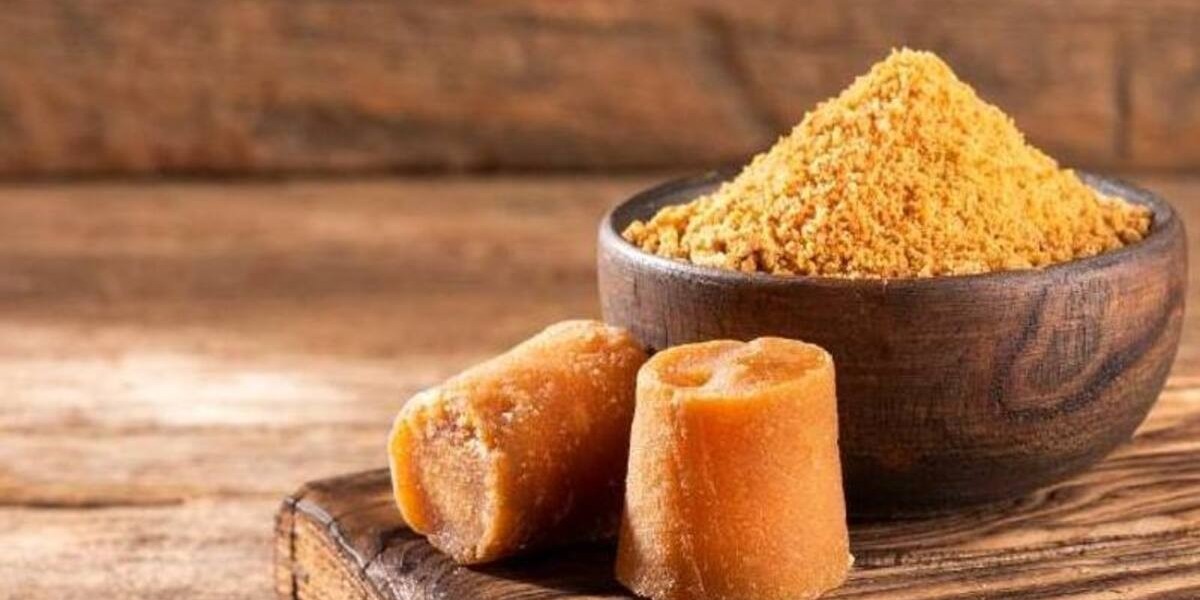Jaggery blocks, those unassuming brown beauties found in health food stores and ethnic markets, hold a secret – they're a treasure trove of flavor and potential health benefits. Made by concentrating sugarcane or palm sap, jaggery is an unrefined sugar with a rich, almost caramel-like taste. But unlike its white counterpart, jaggery retains valuable nutrients like minerals and vitamins, making it a more wholesome choice for sweetening your dishes.
Why Choose Jaggery Blocks?
Here's what makes jaggery blocks a compelling option for your pantry:
- Natural Sweetener: Jaggery offers a natural sweetness that complements various dishes, from sweet treats to savory sauces.
- Nutritional Powerhouse: Compared to refined sugar, jaggery boasts essential minerals like iron, potassium, and magnesium, along with vitamins B12 and B6.
- Digestive Aid: Jaggery is believed to aid digestion due to the presence of minerals and fiber.
- Detoxification: Some studies suggest jaggery may help cleanse the body by supporting liver function.
However, it's important to remember: Jaggery is still a form of sugar, so moderation is key.
Working with Jaggery Blocks
Jaggery blocks can be a bit intimidating at first. They come in various textures, from soft and crumbly to rock-solid. Here's how to handle them:
- Softening Jaggery: For softer blocks, a simple grater works well. For harder blocks, you have options:
- Microwave: Heat a small piece of jaggery in short bursts (10-15 seconds) until it softens slightly. Be careful not to melt it.
- Warmth: Wrap the block in a kitchen towel and place it near a heat source (not directly on it) for a few minutes.
- Pressure Cooker: Place the block in a dry, pressure cooker (no water) for a few minutes. The steam will soften it.
Tip: Once softened, store leftover jaggery in an airtight container in the refrigerator to prevent drying out.
A Delicious Jaggery Recipe: Spiced Carrot Halwa with Jaggery
This melt-in-your-mouth halwa is a delightful way to experience the rich flavors of jaggery.
Ingredients:
- 1 cup grated carrots
- 1/2 cup ghee (clarified butter)
- 1/2 cup milk
- 1/4 cup grated jaggery
- 1/4 cup chopped nuts (cashews, almonds, pistachios)
- 1/2 teaspoon cardamom powder
- Pinch of saffron (optional)
- A pinch of salt
Instructions:
- Heat ghee in a pan over medium heat. Add the grated carrots and cook, stirring occasionally, until softened (about 10 minutes).
- Add the milk and simmer until the carrots are cooked through and the milk has reduced by half.
- Add the jaggery and stir continuously until it dissolves and the mixture thickens.
- Add the cardamom powder, salt, and nuts. Stir to combine.
- (Optional) If using saffron, add a few strands and cook for a minute.
- Remove from heat and serve warm.
Tip: You can adjust the amount of jaggery to your taste preference.
Frequently Asked Questions
Is jaggery vegan?
Yes, traditionally made jaggery is vegan-friendly. However, it's always good to check the label if buying commercially produced blocks.
Does jaggery expire?
Jaggery can last for several months if stored properly. However, it can harden over time.
Can I substitute jaggery for sugar?
Yes, you can generally substitute jaggery for sugar in a 1:1 ratio. However, keep in mind that jaggery has a stronger flavor, so you might need to adjust the recipe slightly.
Conclusion
Jaggery blocks offer a unique and potentially healthier alternative to refined sugar. With its rich flavor and potential health benefits, incorporating jaggery into your diet can be a delicious and rewarding experience. So, next time you're looking for a natural sweetener, don't be afraid to reach for that brown brick – it might just become your new favorite pantry staple.








